There can be your advertisement
300x150
History of the Television: Evolution Over 90 Years
From a screen the size of a postage stamp to 100-inch Ultra HD panels. We tell you what changes occurred with the television over nearly a full century
The television has come a long way: from a bulky box with a blurry image and poor sound, it has transformed into an interactive screen managed by a remote control, just one centimeter thick. We tell you how it happened.
1920s. Mechanical Television
In 1925, thanks to British inventor John Logie Baird, the first mechanical television was created. It worked simply: the image changed thanks to a special rotating disc, and the picture had only 30 vertical lines. Today, in our televisions we see 24 frames per second, whereas back then there were only five. In the following four years, 1000 devices were sold, which was a major breakthrough for the inventor.
The Germans went further and in 1928 introduced a device that worked like a projector — it projected images onto the opposite wall, showing only shadows and vague silhouettes.
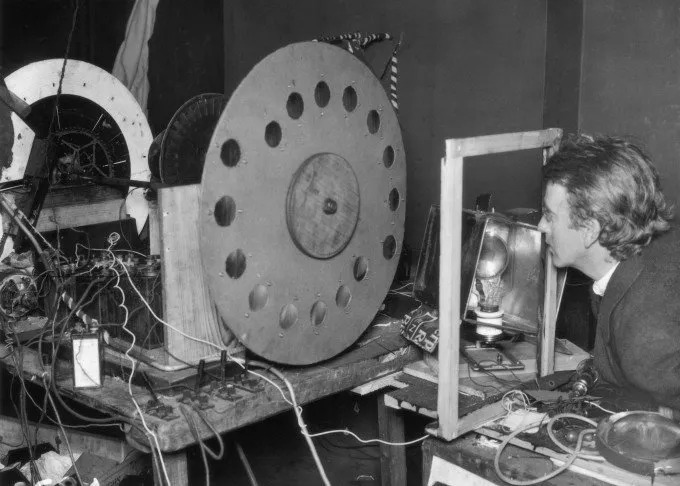
In 1929, an American company released the first 'Vitagraph' televisions.
However, the device did not gain popularity due to poor image quality. The picture was the size of a stamp, and even when magnified with lenses, only general outlines were visible, and faces were not distinguishable at all.
1930s. Electronic Television
With the arrival of the new decade, a breakthrough occurred. In 1931, Russian immigrant and RCA employee Vladimir Zworykin invented the 'iconoscope', which marked the beginning of the transition from electromechanical to electronic television.

Vladimir Zworykin, 1930s
In 1931, at the Eighth Radio Exhibition in Berlin, German company LOEWE demonstrated the first image transmission in the world using electronic technology. This was a serious step toward mass television broadcasting.
By 1933, electronic televisions were available in France, the United Kingdom, and the United States. However, they were not accessible to everyone: the cheapest model with a 30-centimeter screen cost $445, which in today's equivalent would be about $7,500.
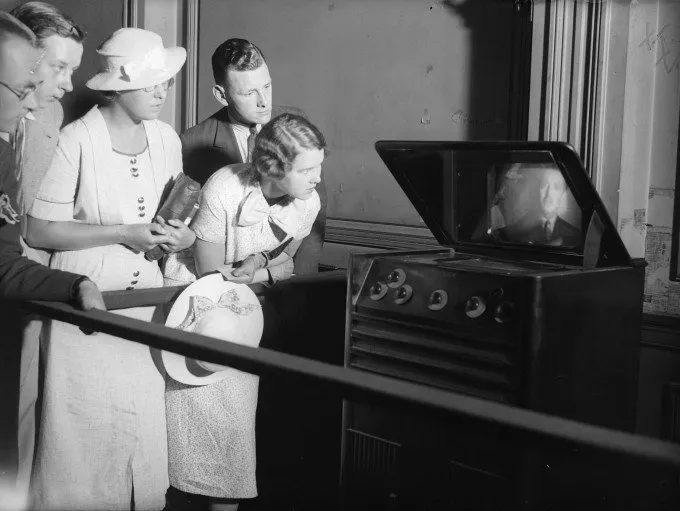
In the same year, 1933, the company LOEWE released the first television in the world with a dynamic speaker.
The sound quality of this television was at an impossibly high level for those times.
1940s. Crisis in Europe
During World War II and for several years after, Europe had no time for television, while in the USA, television production developed rapidly.
If in 1946 televisions were found in only five out of every 100 families, by the end of the 1950s, television receivers were in 77% of the population.

1950s. Color and Remote Control
In 1953, the U.S. introduced analog color television system NTSC. In the same year, 40 thousand color televisions were sold.
In the 1950s, the first remote control was also introduced. It was developed by Eugene Polley, a staff member of the American company Zenith Radio Corporation. However, the remote was connected to the television via a cable.
In 1955, the wireless remote Flashmatic appeared, which contained a photo element reacting to light. Today, this principle is still used in, for example, gate remotes or metro turnstiles.
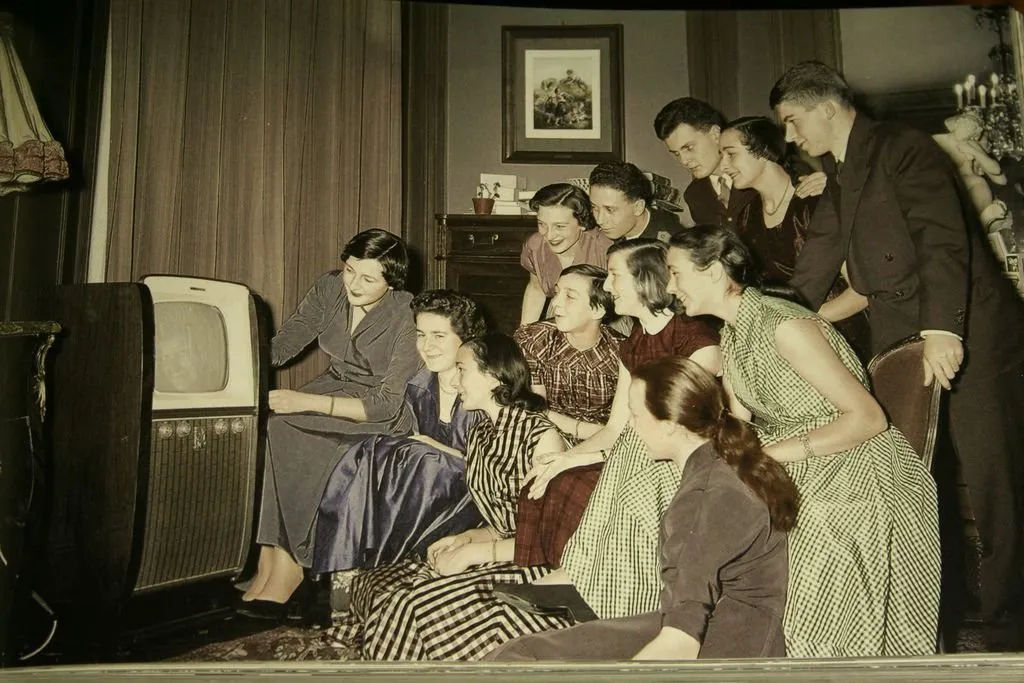
1960s. Pixels
In the early 1960s, the U.S. released the first plasma screen. Initially, it was used as an information display at train stations and airports and had a resolution of only 16×16 pixels.
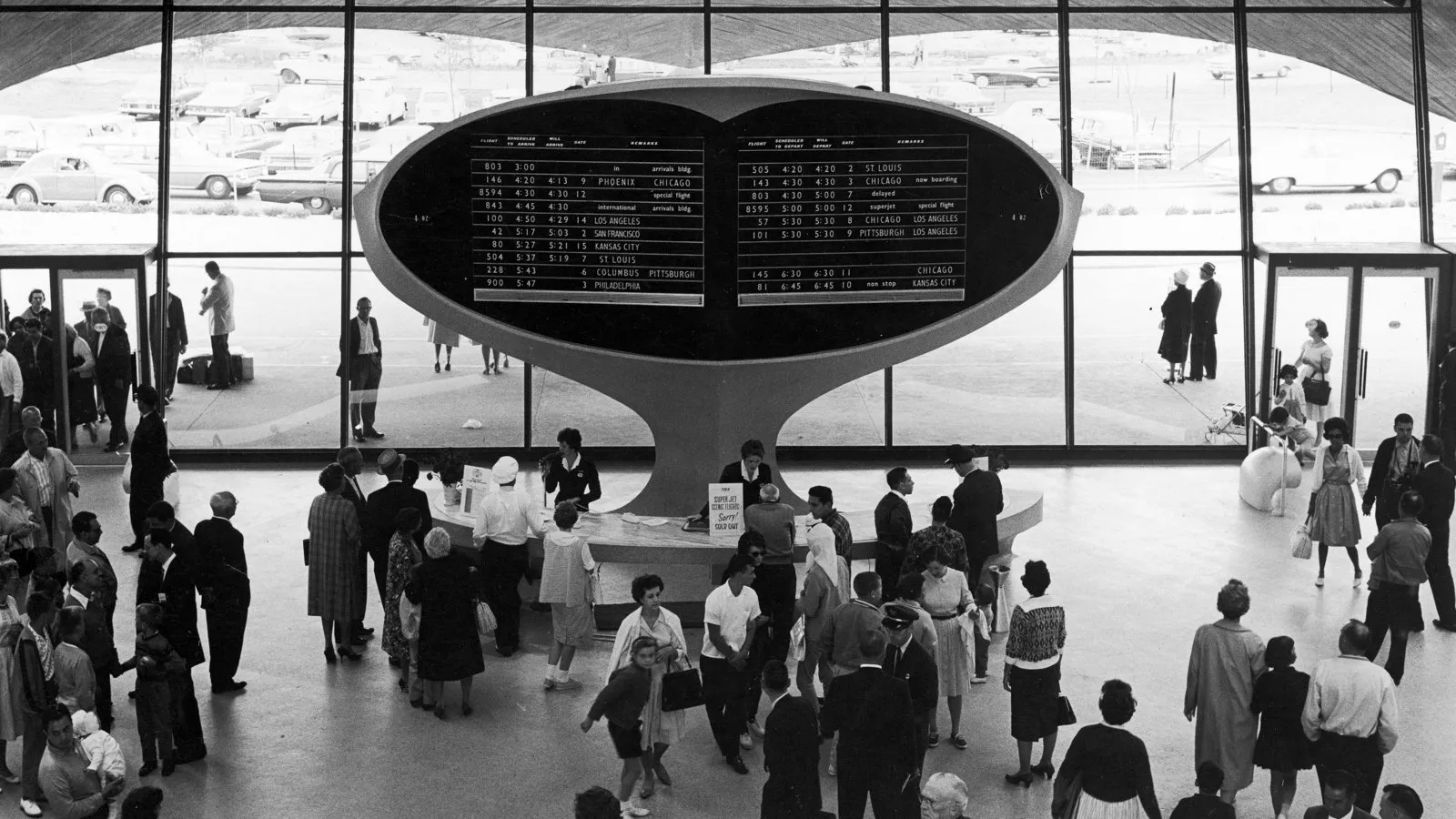
JFK Airport, New York, 1960s
1970s and 1980s. Infrared Emission and Computers
In 1974, the infrared remote was introduced, which is still used today. In the 1980s, it became possible to connect gaming consoles, video recorders, and computers to the television.
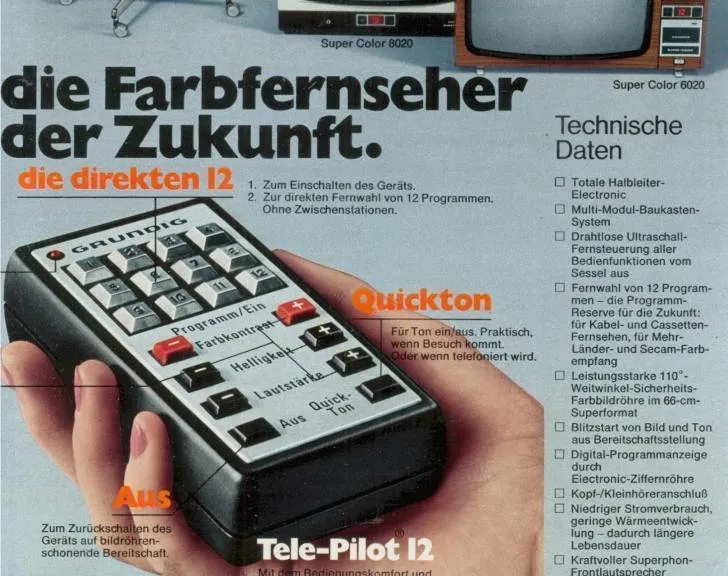
1990s. Plasma
The first full-color plasma panel appeared in 1992.
The sensation of 1997 was the first Smart TV in the world with Internet access from LOEWE. This was the first Smart TV that is now indispensable for any modern television.
In 1998, a German company was among the first to introduce the LOEWE Spheros flat-screen television.
2000s. Race for Design
In the early 2000s, among manufacturers of 'plasma' screens, there was a race for the largest, thinnest television and one with additional effects.
In 2004, a Japanese corporation developed backlighting for all sides of the television, enhancing the effect on the screen. However, this technology quickly caused eye strain, and the model was discontinued.
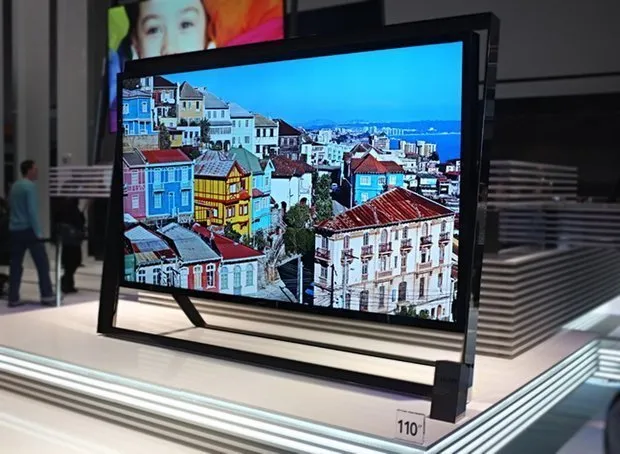
2010s. 8K Image and OLED Display
One of the latest technologies for modern TVs are OLED displays with organic LEDs and infinite image contrast.
Many manufacturers plan to release models with 8K screen resolution soon. Modern models have internet access, automatic synchronization, and playback from any mobile device.
One of Google's directors, Kevall Desai, eloquently expressed his view on this topic: “The future of television lies in eliminating the gap that exists today between television and the Internet.”
The future of television is in eliminating the gap between television and the Internet.

Design: LOEWE IN MY ROOM recommends: Ultra-thin Loewe bild 4 OLED All in One with a thickness of only 4.9 mm will give even large models with a 55-inch diagonal a weightless appearance. The Loewe bild 5 OLED can be mounted on the wall or placed on a stylish stand made of metal or exquisite black oak. Both stand options are equipped with an 80-Watt soundbar.
More articles:
 Architect's Apartment, Renovated in 9 Weeks
Architect's Apartment, Renovated in 9 Weeks How to Repair an Apartment for Rent: 7 Tips
How to Repair an Apartment for Rent: 7 Tips Life in Pink: Bright Home of Bloggers in the USA
Life in Pink: Bright Home of Bloggers in the USA Throw It Out Immediately: 7 Things That Ruin Interior Design
Throw It Out Immediately: 7 Things That Ruin Interior Design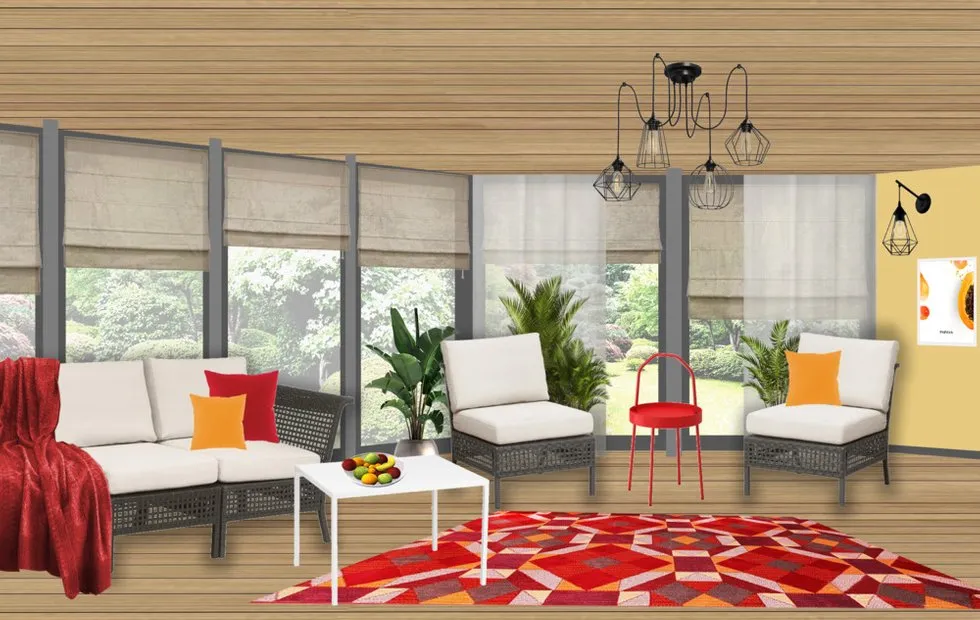 Design Battle: Lounge Area on a Country Terrace
Design Battle: Lounge Area on a Country Terrace How to Maintain Cleanliness in the Apartment: Pro Tips
How to Maintain Cleanliness in the Apartment: Pro Tips How to Visually Raise Low Ceilings?
How to Visually Raise Low Ceilings? 5 More Tips for Working with Paint
5 More Tips for Working with Paint